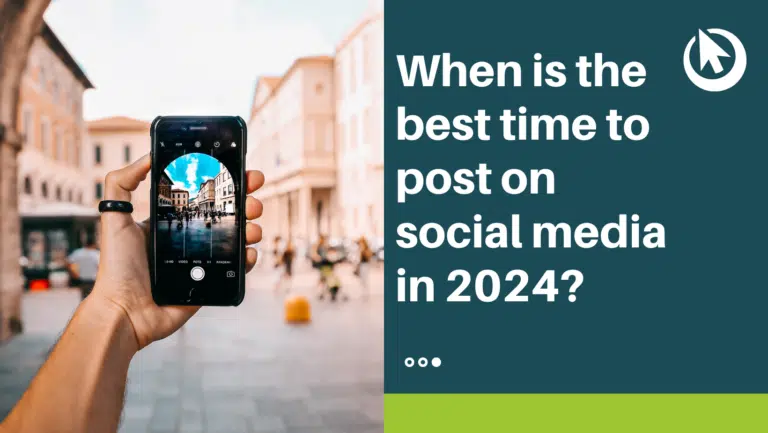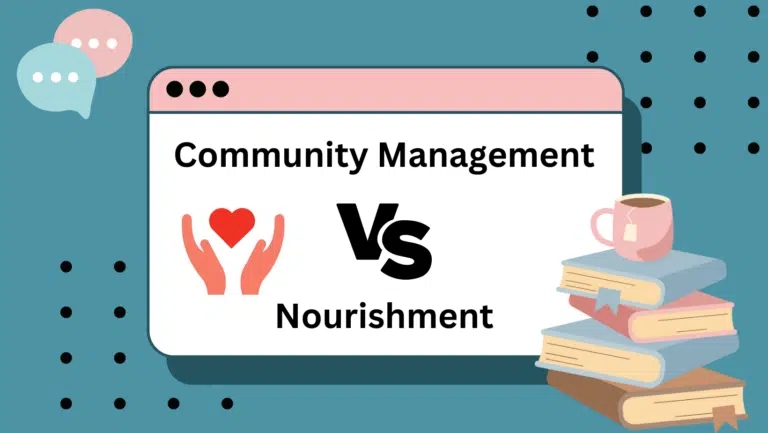Before you start working on your strategy, you need to define your marketing goals. It’s easier to choose the right tactics, if you know what you want to achieve with your digital marketing.
What are marketing goals?
Marketing goals are the intended outcome of your strategy. In other words, before you can write your marketing strategy, you need to understand and be clear on what you want to achieve.
We like this definition from HubSpot, which sums it up well: “a marketing goal is a specific and measurable objective that helps you meet your broader business goals“.
You should set your goals first before you think about tactics, and keep in mind that your marketing activity should always refer back to what your business is trying to achieve overall.
So, if your business goal is to increase market share over the next 12 months, then your marketing objectives need to show how you’re going to support this.
Why is goal-setting so important?
Having a clearly-defined set of goals gives you a sense of direction. Without goals, you’re at risk of doing things without any real purpose, and your chances of failing are much higher.
Setting marketing goals is also a great way of motivating your team, which is especially important if they work across different departments or locations.
Nobody wants to go to work everyday without having an idea of what they are there to do. And if you don’t know what you’re trying to achieve, how will you know what success looks like?
It could mean that you end up chasing vanity metrics – clicks, likes, follows, etc. – that don’t relate to your strategy or marketing tactics.
How to write effective goals
You’ve no doubt heard it said before, but it still stands true – effective goals should be SMART. So, what does that mean exactly?
- Specific: be precise when you’re setting your goals. If your goal is vague or tries to include too much, then you could start to drift off-course.
- Measurable: decide early-on what KPIs (key performance indicators) you’ll be using to measure your goals – it’s the only way to know what’s worked.
- Achievable: try to strike a balance between setting goals that are ambitious and those that are just unrealistic, otherwise you are doomed to fail.
- Relevant: to ensure that you stay on-track, keep in mind the relationship between your digital marketing objectives and your overall business goals.
- Time-bound: give yourself a deadline so you know when to stop and evaluate what you’ve done, then use what you’ve learned to make changes.
When you use the SMART model, you’re more likely to come up with something that fits into your organisation’s vision. This makes it easier to demonstrate how marketing is adding value, which is fundamental to pitching for a bigger budget and more resources!
Examples of digital marketing goals
We know what an effective goal should look like, so let’s look at some good examples.
1. Raising brand awareness
This is top of the list for most businesses – in fact, according to HubSpot, 48% of the marketers they surveyed in 2021 said that raising brand awareness was their primary goal when running marketing campaigns.
Fundamentally, you need your target market to know you exist, and there are a lot of ways you can raise your profile. When it comes to digital marketing, we recommend a mix of PPC (pay per-click advertising), social media advertising, and content marketing.
You can measure your success with metrics like:
- brand mentions online
- branded search volume (how many people are searching for you)
- website traffic
- number of backlinks – this is the number of links back to your website
2. Generating qualified leads
Digital marketing is an important part of generating in-bound leads, and no doubt your sales team is counting on you to bring people to the door.
One of the most effective ways of generating qualified leads online is to use gated content. This means putting valuable content (or ‘lead magnets’), like templates,
whitepapers, e-books, or webinars, behind a lead generation form.
Your visitors have to fill in the form to access the content, and you get their contact details in return – a win-win situation for everyone involved.
Email marketing, retargeting ads, and social media are also effective at generating leads. You can measure your success by looking at where your leads have come from, and analysing which tactics performed best.
If you need help with social media management, contact Click Through Digital – it’s one of the many digital marketing services we offer.
3. Increase website traffic
More than half of the marketers surveyed by HubSpot in 2021 said that increasing web traffic was the most important outcome of their content marketing efforts.
To increase traffic, you must make sure that all your marketing efforts link back to your website and that includes everything you do off-line as well. Paid-for ad campaigns, SEO (search engine optimisation), and social media marketing can all help drive traffic.
Once you’ve attracted visitors to your website, it’s your job to convert them into customers, and this all starts with great website design. Their experience on your site could make the difference between them buying from you – or leaving dissatisfied.
You can use these KPIs to measure success:
- total sessions
- total unique page views
- average time spent on page
- number of pages visited
Setting marketing goals – the key takeaway
When it comes to setting your digital marketing goals, it pays to be precise. Make sure your objectives can be measured so you have a clear way of evidencing your success.
Not only is this good for team motivation, but if you can identify what went well, you can do it again in the future.
Goal setting should be done at the outset, before you choose your tactics – and that’s where we can help. Our friendly team of digital marketing experts are on-hand to help you pick the right tactics to meet your marketing goals.


